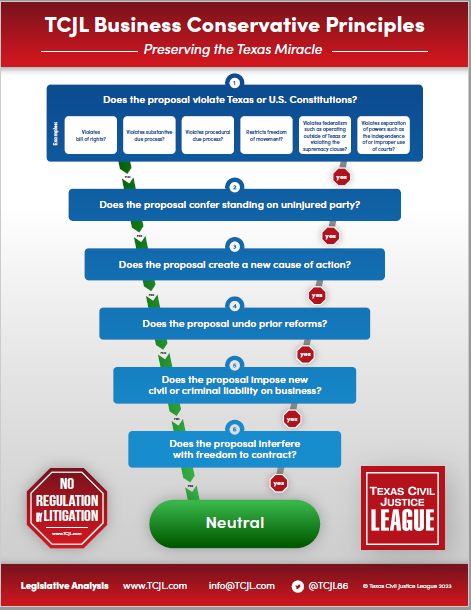 In a case transferred from the Fort Worth Court of Appeals, the Dallas Court of Appeals has affirmed a trial court order granting an airline’s motion for summary judgment in a suit brought by a passenger who fell while riding an escalator in the airport.
In a case transferred from the Fort Worth Court of Appeals, the Dallas Court of Appeals has affirmed a trial court order granting an airline’s motion for summary judgment in a suit brought by a passenger who fell while riding an escalator in the airport.
Charles Martin and Darlene Martin v. Prospect Airport Services, Inc., and American Airlines, Inc. (No. 05-24-00401-CV; June 17, 2025) arose from injuries sustained by Charles Martin when he fell on an escalator at DFW Airport. Martin, who was connecting through DFW on an American flight from Knoxville to Bakersfield, had requested American for wheelchair assistance between terminals. The Knoxville flight arrived early, so the wheelchair service was not immediately provided. Martin asked for help from the gate agent, who requested the next available wheelchair over the intercom system. Instead of waiting, Martin walked to an escalator four gates away that led to the Skylink system and got on the escalator. He fell while riding, suffering head and back injuries. He and his wife filed suit against American and Prospect, a wheelchair contractor, alleging that Defendants’ failure to provide a wheelchair proximately caused his injuries. Following discovery, Defendants filed both traditional and no-evidence MSJs, which the trial court granted and dismissed Plaintiffs’ claims with prejudice. Plaintiffs appealed.
In an opinion by Justice Evans, the court of appeals affirmed. Plaintiffs argued first that there was more than a scintilla of evidence that Defendants’ failure to provide a wheelchair was a “cause-in-fact” of Martin’s fall and that a reasonable jury could find that the Defendants’ negligence was a substantial factor in bringing about the injury. Defendants countered that Martin, immediately after asking the gate agent for help, left the gate area on his own, breaking the chain of causation. They pointed to Rachal v. Am. Eagle Airlines, Inc., No. 2-04-00102-CV, 2005 WL 67566 (Tex. App.—Fort Worth, Mar. 24, 2005, no pet.), which had substantially similar facts, though in Plaintiff’s case the escalator malfunctioned and she fell. American argued that its failure to provide a wheelchair “was too remote as a matter of law to be a proximate cause of Ms. Rachal’s injuries.” The Fort Worth court agreed, holding that intervening circumstances—Plaintiff’s decision to walk unaided to the baggage claim area and the escalator malfunction—rendered the failure to provide the wheelchair “too attenuated from Rachal’s fall on the escalator to be a substantial factor in bringing about Rachal’s injury and merely created the condition that made her injury possible.”
Trying to counter this precedent, Plaintiffs pointed to an American witness who testified that Martin’s attempt to walk away from the gate was foreseeable when the wheelchair wasn’t provided, that American knew of at least two prior cases in which this happened, and that Prospect admitted that a customer shouldn’t have to wait for a wheelchair. They also argued that their expert’s testimony on causation should overcome summary judgment. The court was unimpressed. First, “a conclusory statement of an expdrt witness is insufficient to create a question of fact to defeat summary judgment” (citations omitted). Here the expert failed to address or even mention in fact or substantial factor causation, much less provide a reasoned basis for her conclusion. As to the other evidence of foreseeability, Defendants didn’t challenge that point. Rather, they argued that Plaintiffs presented no evidence “that the injury was the natural and probable result of the complained-of negligence and that defendant’s conduct had such an effect in producing the harm as to lead reasonable people to regard it as a cause.” Here the evidence was undisputed that Plaintiff didn’t wait for the requested wheelchair and struck out on his own for the Skylink between terminals. Rachal thus controlled. The court of appeals thus affirmed the trial court’s judgment.
TCJL Research Intern Satchel Williams provided research and drafting assistance for this article.












